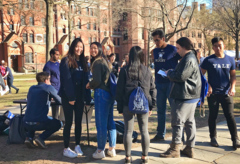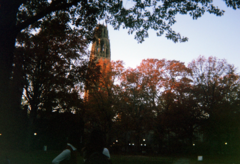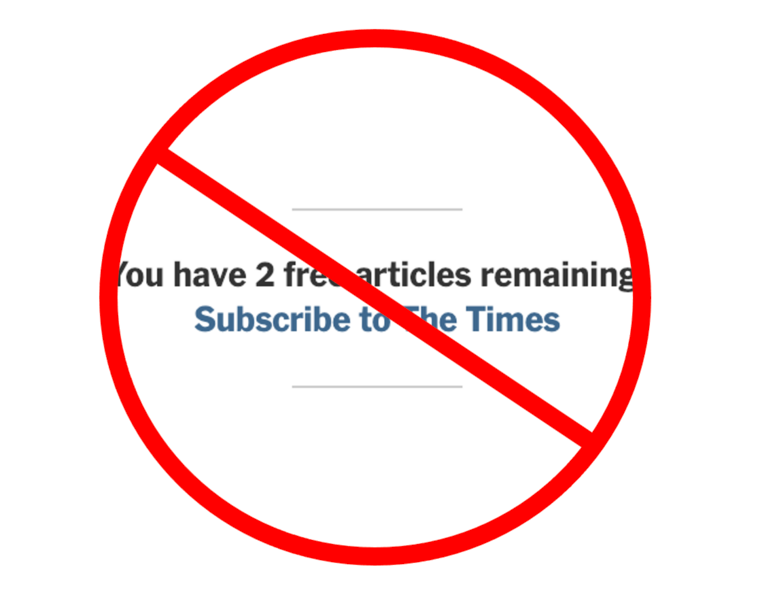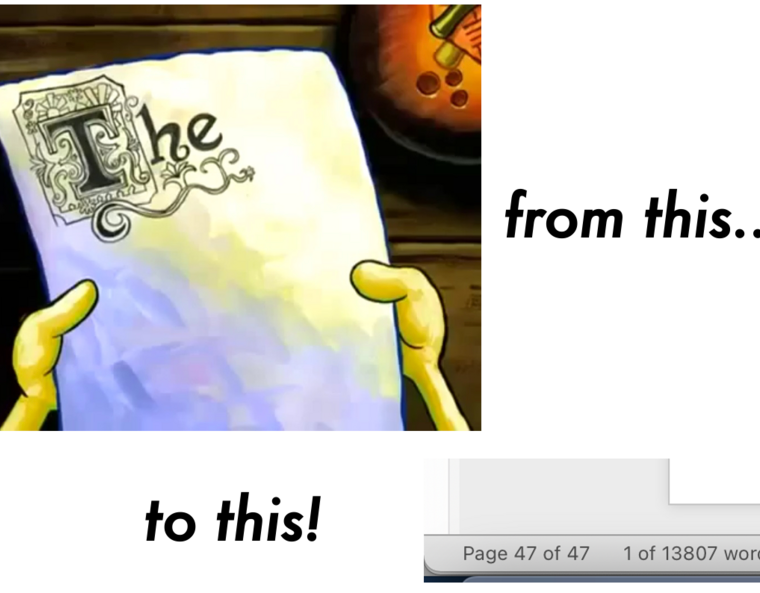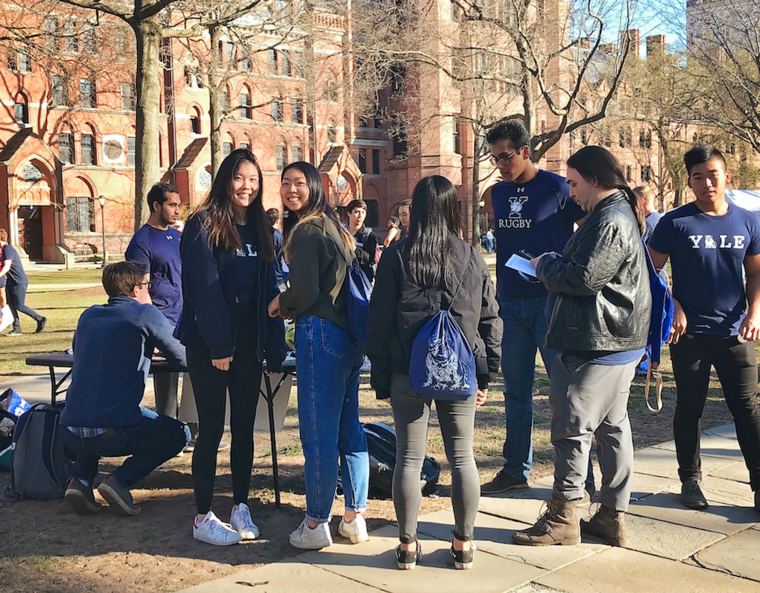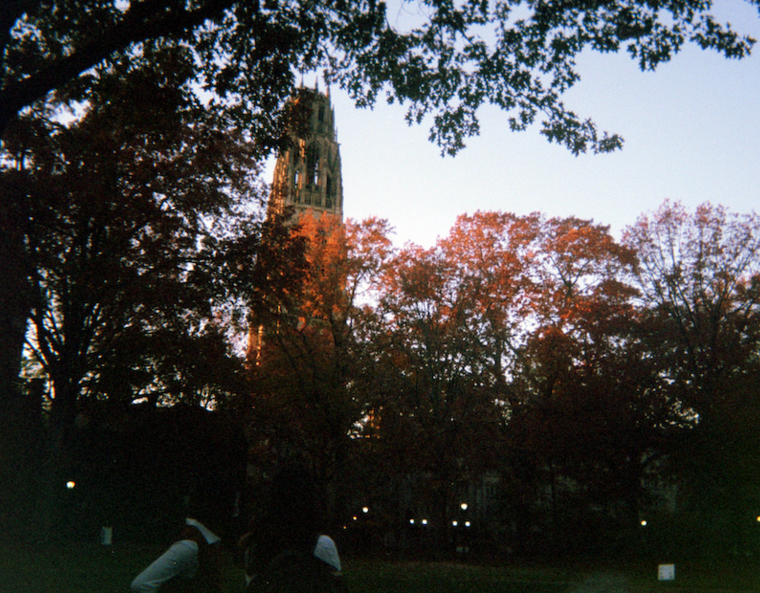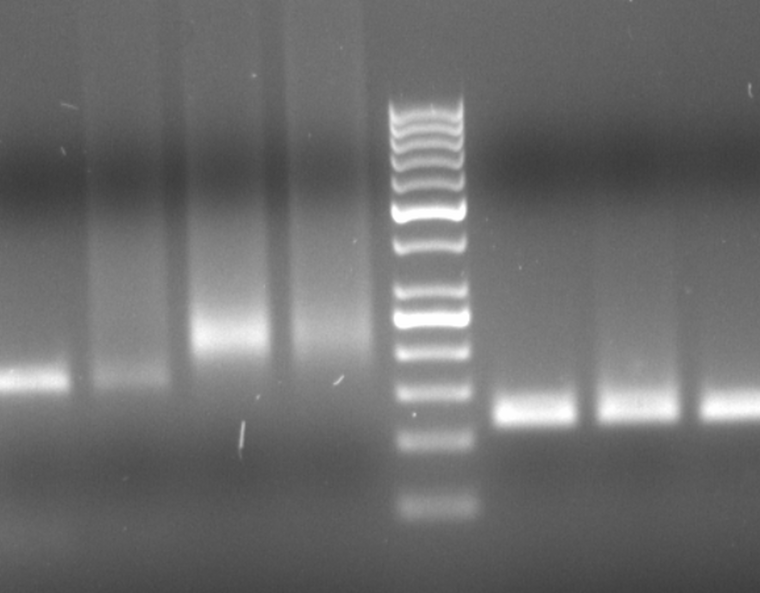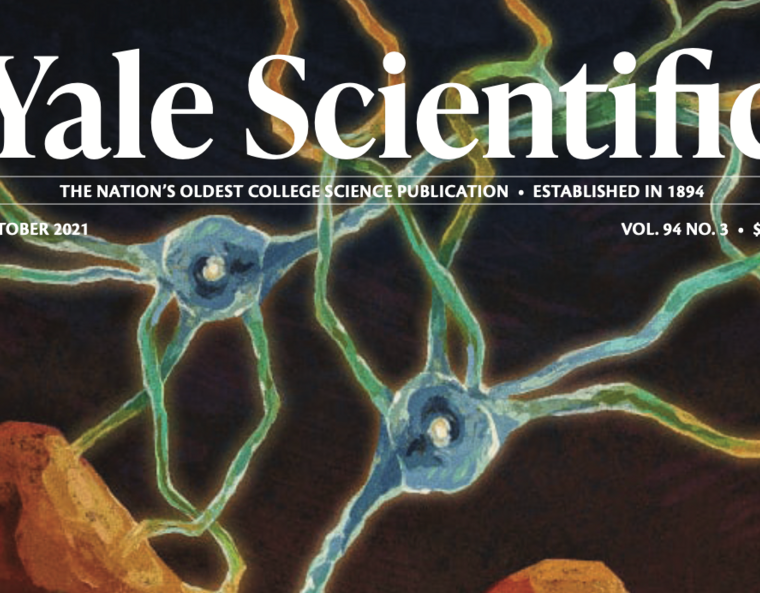
Since my first year, I’ve sold my soul to one organization on campus: Yale Scientific Magazine. YSM is Yale’s publication for science journalism, meaning we cover recent scientific breakthroughs and make the research accessible to the general public. We also run Synapse, an outreach branch that holds science education events for K-12 students.
Back in fall of 2018, I started as a staff writer (anyone is welcome to write, no experience required). At the end of that semester, I joined the masthead as a copy editor, proofreading the magazine for grammar and style. I then became a section editor, where I was in charge of pitching articles, meeting and advising staff writers, and providing feedback to their drafts. This year, I took the helm as the one in charge of it all, editor-in-chief.
Now, I’m ending my term. I’ve been getting pretty reflective about the past year—really, about the past 3.5 years, and all that I’ve learned as part of this publication. Here are my top 6 lessons.

Volunteering with Synapse, YSM’s outreach branch, back in 2019. I’m next to Marcus, the EIC before me!
1. What even is science journalism?? (It’s okay if you don’t have experience!!)
Coming into Yale, I had never written a piece of science journalism before. When I handed in the first draft of my first ever article, a short, 250-word news byte, the comments from my editor colored my entire Word document in red. I had no idea what I was doing.
Science journalism, unlike a typical research paper, is not about summarizing the nitty gritty details of an experimental protocol. Rather, it’s about taking that protocol and finding the human story behind it. That story can be found in the researchers themselves, or in the larger social implications of a discovery, or simply in the foundational meaning behind the complex jargon of an advanced topic.
I learned a lot from that first article and continued improving throughout the next few articles I wrote, which continued to grow in length and complexity. Eventually, I gained enough confidence to help others discover science journalism for themselves.
Larger lesson here: It’s okay if you jump into a new activity with no previous experience. You’ll learn along the way, and come back a lot wiser for it.

My first ever article for YSM (after many changes to the first draft).
2. People are super nice!
For each YSM article, I’ve interviewed scientists about their work. At first, I was super scared, afraid to bother them with my elementary questions. As it turns out, I had nothing to fear. Researchers are generally super excited to talk about their work—and even more excited to hear that it’ll be written about by someone else. As a writer, I was always so grateful to everyone for being so generous with their time and patient with my questions—even the tenured professors, who I’d imagine were busy juggling all their other responsibilities.
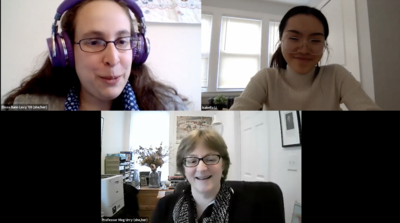
Speaking with Professor Meg Urry, a superstar professor (literally) of physics and astronomy, and Elissa, a Yale alum, as part of a YSM webinar series with the Yale Science and Engineering Association.
3. Yalies are super passionate and enthusiastic. And that can be really inspiring.
As editor-in-chief, I’ve met so many people interested in participating in our publication (sometimes first-years, but also a fair share of upperclassmen looking to try something new). Each issue, I get to read the result of that passion: dozens of interesting, well-reported articles that clearly took a lot of time. And throughout the year, I’ve spoken with people who have put a lot of thought into our publication: emails from people asking for more ways to get involved, suggestions from masthead members about new events we can hold.
Sometimes, the hard work of running the publication makes me lose sight of how cool it is that we exist in the first place. But seeing other people so excited about YSM makes me excited, too.
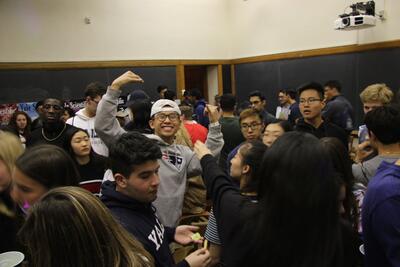
Potential new members at a pre-COVID YSM Bulldog Days event.
4. Yale is old.
The tagline on our logo is that we’re “The Nation’s Oldest College Science Publication, Established in 1894.” Can we just bask in that for a moment?? We are over a hundred years old. That’s, like, super old.
We have this office in the basement of a building on Old Campus where we store a bunch of old issues, some of which date back to the ’30s. I’ve spent a few hours just flipping through them, marveling in… the passage of time, I guess, and how much things have changed. They were pretty crazy in the ’60s and ’70s, y’all.
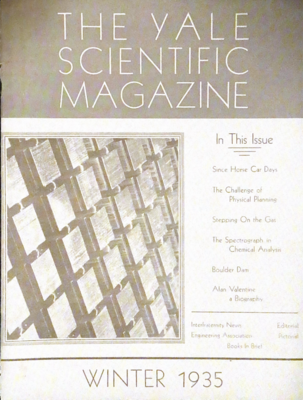
An old issue of YSM, from all the way back in 1935.
5. Old things can change.
An addendum to the last point… things can change. Back in the day, for example, there were no women and very few people of color at Yale, which reflected in the largely white, male masthead. Obviously that’s changed now.
Throughout my time with YSM, sometimes I felt this pressure to conform exactly to what mastheads in the past had done. But really, once you’re in charge, you have freedom to institute any changes you think to be important. That mindset has been really empowering. We’ve changed a lot this year, from improving our publication’s web presence to incorporating more socially contextualized journalism. Our last issue, for example, is themed around the environment and climate change, from both a scientific perspective and from a political/historical/justice perspective.
6. Believe in yourself. Really.
Upwards of 100 students put together each YSM issue. Our organization spans 5 branches: editorial, production, business, website, and outreach. As editor-in-chief, I have a hand in everything. When I was a first-year, unfamiliar with the basic principles of science journalism, the idea of this responsibility sat well outside any of my visions for the future. Even a year ago, as soon as I got the position, I started panicking. There were so many moving parts. How was I supposed to keep track of them all? Would YSM even exist at the end of the year, or would I let it fall into ruin?
Well, I’m proud to report that YSM still exists. I’m proud of how our publication has grown, and I’m even more excited to see what next year’s masthead will do.

The 2021 YSM masthead!
Of course, I haven’t done it alone—this past year, I’ve relied on the hard work of everyone: staff writers/artists/designers, masthead members, branch heads, managing editors… many people dedicate many hours to YSM each semester. But if anything, this year has shown me that I can, in fact, lead things that feel much, much bigger than myself—and that moving forward, I shouldn’t ever doubt my ability to do so.
At a place like Yale, a lot of things will seem scary. It can be in the everyday, like speaking up in class when all your classmates seem smarter and more confident than you. Or it can be in something like running a publication as large and old as YSM. My time at YSM has taught me that you should just dive in. Say your thought, apply for the position. More often than not, you’ll carry yourself through.


